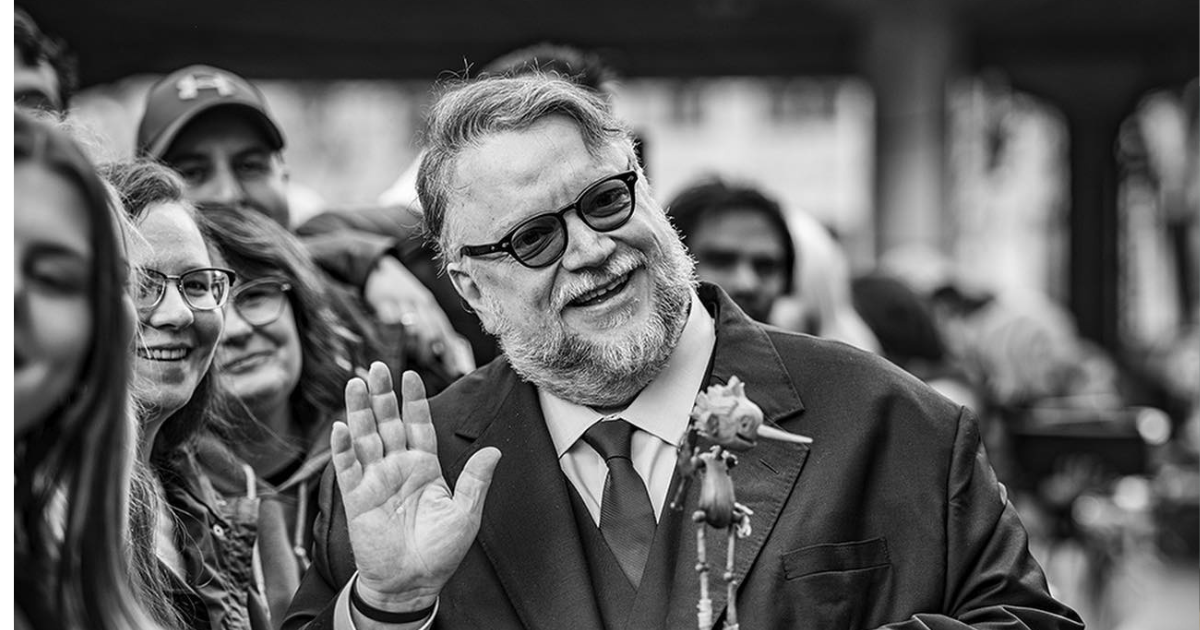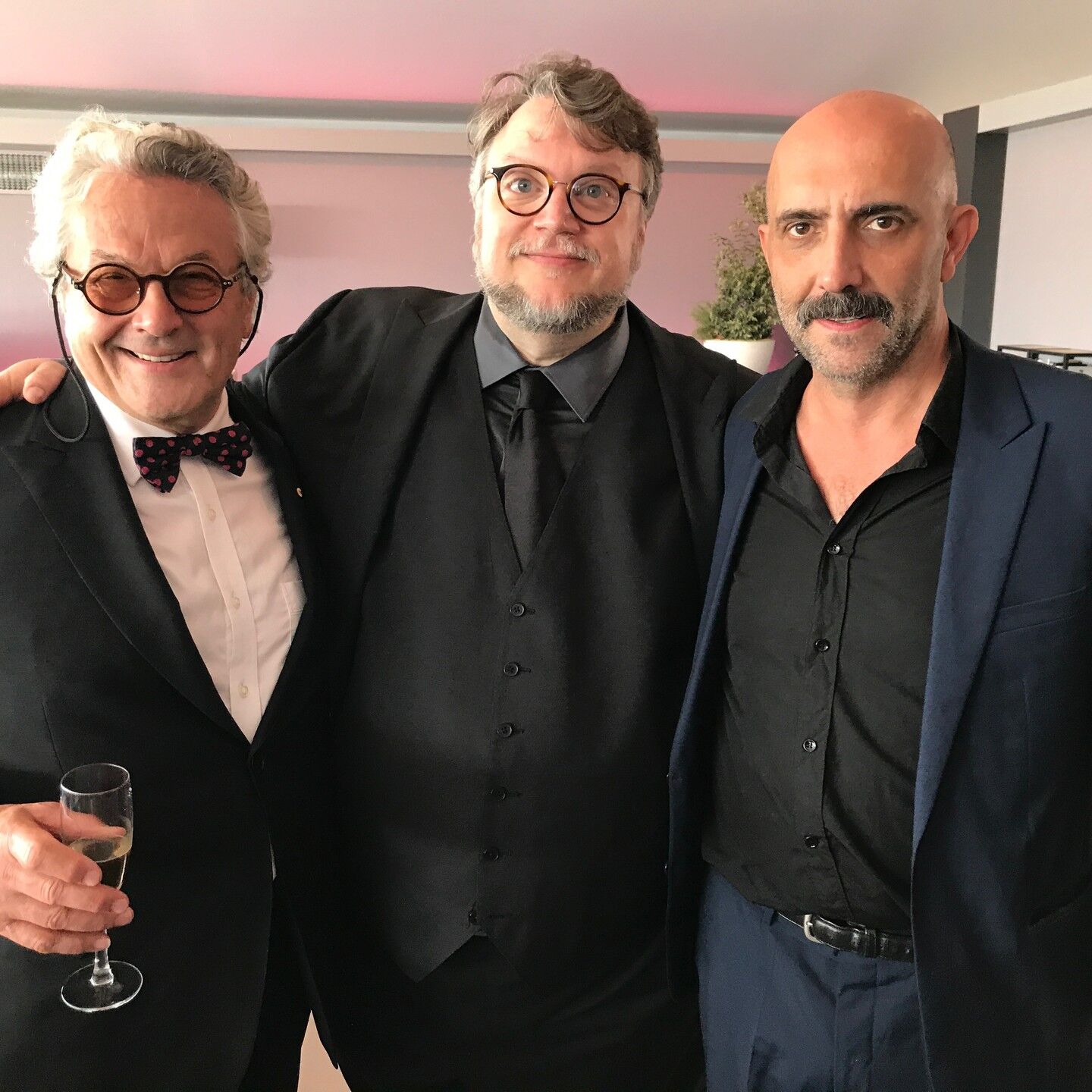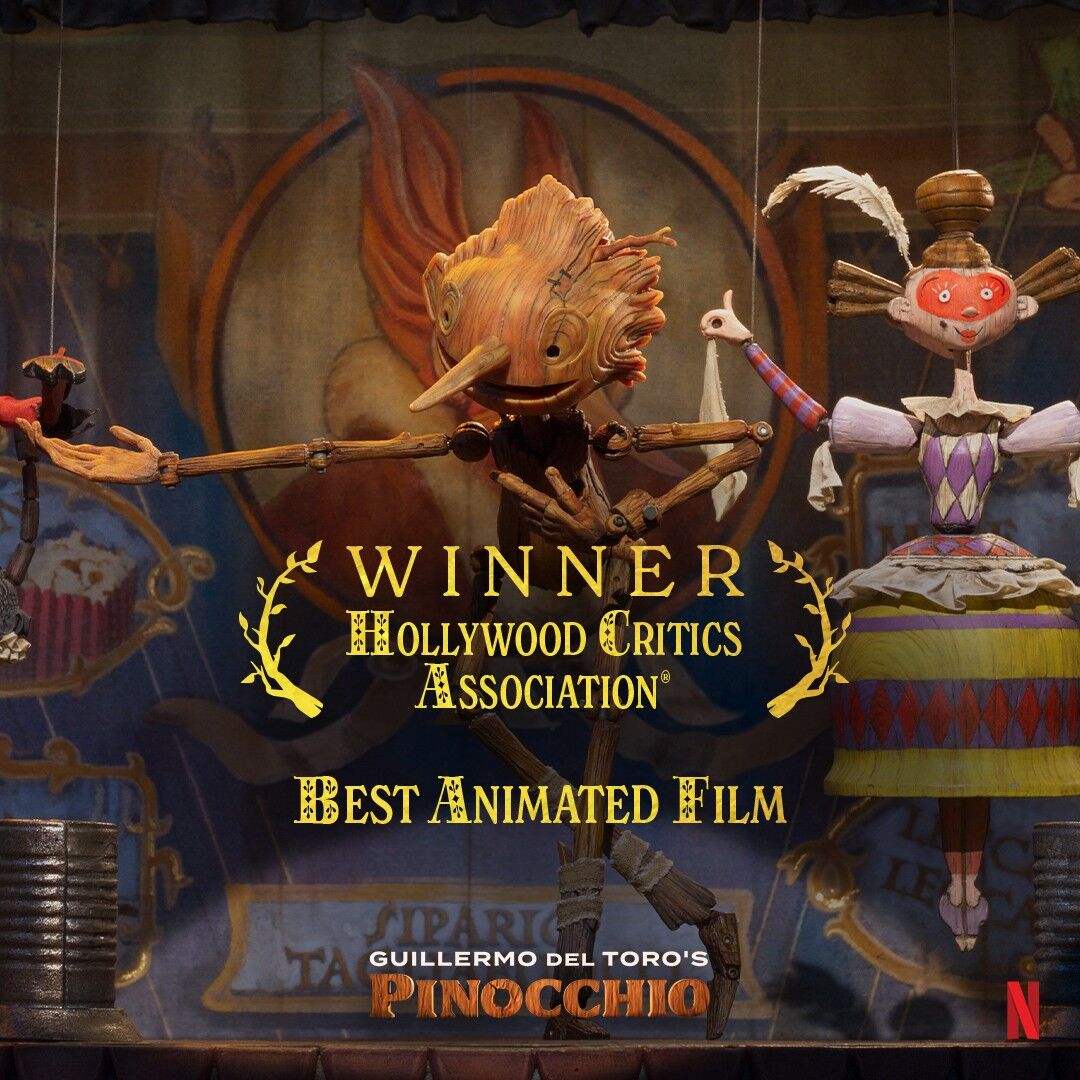Guillermo del Toro: the king of horror
The great storyteller of Hollywood

On October 9, we celebrate the birthday of Guillermo del Toro, a unique Mexican-born director often hailed as Hollywood’s greatest storyteller. His wild imagination makes his films so extraordinary that they often surpass the expectations of his fans.
Even as a child, while others played outside, the future director stayed indoors, "training" his imagination. He was fascinated by horror films and would re-read the works of Howard Phillips Lovecraft.
Guillermo became interested in filmmaking as a teenager. After learning about special effects and makeup from Dick Smith, he worked as a makeup artist for ten years. Not stopping there, he also began producing and directing Mexican television programs.
His signature style was already evident in his award-winning feature debut in 1993, “Cronos,” an inventive take on vampire mythology. This film cemented Guillermo’s place as a promising director, leading to collaborations with James Cameron, Francis Ford Coppola, and Martin Scorsese.

Photo: Instagram / gdtreal
The director’s subsequent work includes critically acclaimed films like “The Devil’s Backbone” and “Pan’s Labyrinth”. His “Hellboy” series is still considered the best character adaptation, and he also worked on the blockbuster “Blade II.”
In 2017, the fantasy drama “The Shape of Water” brought Guillermo well-deserved recognition from the American Academy, earning an Oscar for Best Picture, while del Toro himself won Best Director.
Del Toro is often described as a strange person, and he doesn’t deny it:
“I’ve always been a weird guy. My mind doesn’t fully function in the real world. Every day, I have to disconnect myself and shift into the language of fables and monsters to try to navigate and understand what the world means. I interpret the good and bad in our lives through monsters and parables that help me comprehend who we are or how we might grasp the meaning of this life we have. In addition, my office is full of books and strange art pieces.
I’m constantly inspired by the paintings, objects, or books I read every day. It’s funny.
And finally, I’d say that when creating films, you shouldn’t only be inspired by movies. It’s essential to enrich your storytelling language with all forms of narrative that resonate with you. It doesn’t matter what it is: a fairy tale, a classic book, a video game, or a painting in a museum. The key is that it stimulates your drive to tell stories”
Many know that the director compiles his ideas and sketches for films into notebooks, one of which he once left in a taxi. It contained drafts for “Pan’s Labyrinth.” At the time, Guillermo thought he had lost his "child," which he had nurtured for several years. But luck was on his side—the taxi driver found the notebook and, realizing its importance, tracked down the director and returned it. Taking this as a sign from above, Guillermo resumed work on the film with renewed passion. At the Cannes Film Festival, Pan’s Labyrinth received a 22-minute standing ovation.
In 2007, the film won Oscars for Best Cinematography, Best Makeup, and Best Art Direction.
In 2023, Guillermo del Toro's much-anticipated adaptation of the classic children's novel “Pinocchio” won the Oscar for Best Animated Feature. The win at the Oscars was a testament to the film’s excellence in storytelling, animation, and technical achievements. The film’s stunning visual effects, blending stop-motion animation with traditional hand-drawn techniques, created a mesmerizing and captivating world, bringing this classic tale to life in a way never seen before. “Pinocchio” is hailed as the beginning of a new era in animated films, where stories are told differently from live-action films.

Photo: Instagram / pinocchiomovie
Recently, del Toro announced on his social media that he had completed filming his dream project titled “Frankenstein.”
Guillermo del Toro is more than just a director. He’s a modern-day storyteller, an artist who paints with light and shadow, bringing his vivid imagination to life. His films remind us of the power of cinema to both enchant and unsettle us at the same time.


